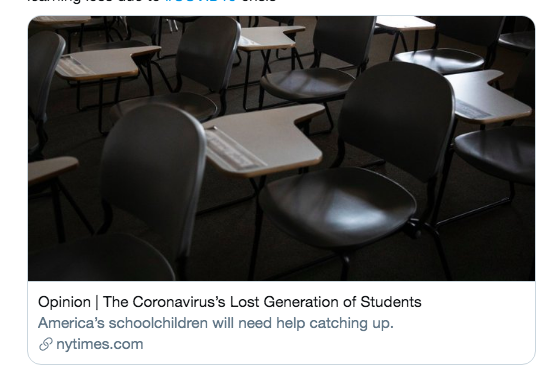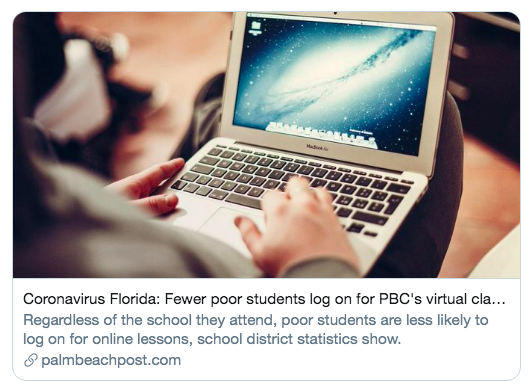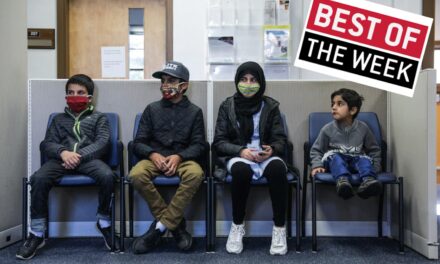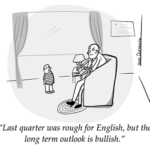This is #CoveringCOVID19, a daily update from The Grade to help education journalists cover the shutdown of the nation’s schools.
THE TOP FIVE
Here are five great education stories about how schools are responding to the COVID-19 crisis:





FURLOUGHS, LAYOFFS, PAY CUTS
The news is full of grim stories about furloughs, layoffs, and pay cuts in journalism, brought on by the economic impact of COVID-19. However, education journalism seems to have been spared, relatively speaking — so far, at least.
Furloughs have been announced for Gannett reporters above a certain salary level. But education layoffs appear to be few and far between. And I haven’t heard about pay cuts being implemented.
The news from nonprofit outlets is good, from among the outlets that responded to a recent query. I’m told Chalkbeat is pausing new hiring but that’s about it; the network still hopes to expand to meet its ambitious 2025 vision. EdSource and WBEZ Chicago both tell me that they are holding tight for now. I’ll let you know if and when I hear back from the Hechinger Report, NPR’s education team, EdWeek, and a handful of others.

ASSESSING REMOTE LEARNING
Today’s New York Times editorial (above) about the potentially devastating impact of the school shutdown reminds me that more newsrooms should be jumping onto this urgent story.
Partly, the need is for more national stories highlighting the short-term struggles to mount worthwhile remote learning programs. A month after the shutdown and several weeks into remote learning, I am hungry for reported national depictions assessing how well or poorly districts are educating students; which have lackadaisical, mostly symbolic efforts; which are trying but falling desperately short. Perhaps some are succeeding despite all obstacles.
But the bigger question is whether we are in danger of losing a cohort of students who lost months of education this spring and are in danger of experiencing a chaotic autumn. And, so far as I’ve seen, editorials like this one (and previous examples from the LA Times and Washington Post) are sounding the alarm louder and more frequently.

TIDBITS




That’s it! See you back here tomorrow. Sign up for the weekly email, Best of the Week, which comes out Fridays around noon Eastern.
ABOUT THE AUTHOR

Alexander Russo
Alexander Russo is founder and editor of The Grade, an award-winning effort to help improve media coverage of education issues. He’s also a Spencer Education Journalism Fellowship winner and a book author. You can reach him at @alexanderrusso.
Visit their website at: https://the-grade.org/













